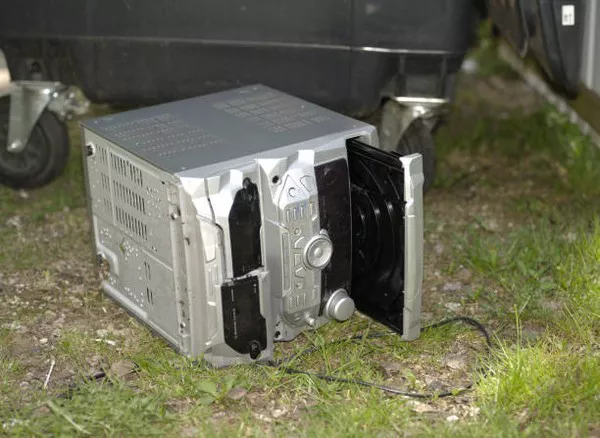In the realm of backup power solutions, generators stand as a reliable source of electricity during unexpected outages. While the generator itself forms the core of this setup, a lesser-known yet equally critical component is the transfer switch. A transfer switch plays a pivotal role in seamlessly transitioning power supply from the main grid to the backup generator, ensuring uninterrupted electricity flow to essential appliances and systems. In this article, we delve into the purpose, types, and benefits of transfer switches in generator systems.
The Essence of a Transfer Switch: Ensuring Smooth Power Transition
At its core, a transfer switch acts as an intermediary between the utility power grid and a standby generator. Its primary function is to detect power loss from the utility grid and swiftly transfer the load to the backup generator. This automated process prevents disruption to critical systems, safeguards appliances, and eliminates the inconvenience of manual intervention during power outages.
Types of Transfer Switches
Transfer switches are available in two main categories: manual and automatic. Each type serves specific needs and preferences.
1. Manual Transfer Switches:
As the name suggests, manual transfer switches require human intervention to initiate the power transfer. While these switches are typically less expensive than automatic ones, they necessitate physical presence during power interruptions. This can be practical for scenarios where power outages are infrequent or when the load that requires backup is limited.
2. Automatic Transfer Switches (ATS):
ATS systems offer a higher level of convenience and reliability. Equipped with sensors that detect grid power loss, an ATS triggers an automatic switch to the generator. Once grid power is restored, the ATS seamlessly returns the load to the utility source. This automated functionality ensures uninterrupted power supply even in the absence of occupants, making it an ideal choice for homes, businesses, and critical infrastructure.
Benefits of Transfer Switches
1. Seamlessness:
One of the most significant advantages of transfer switches is their ability to provide seamless power transition. In critical environments like hospitals, data centers, and manufacturing facilities, even a momentary power disruption can have far-reaching consequences. A transfer switch minimizes these disruptions, preserving productivity and safety.
2. Safety:
Transfer switches enhance safety by preventing the backflow of electricity into the utility grid, protecting utility workers from accidental electrocution during repairs. They also prevent overloading of the generator by automatically shedding non-essential loads.
3. Convenience:
Automatic transfer switches eliminate the need for manual intervention during power outages. This is particularly valuable in scenarios where occupants might be absent during an outage, ensuring the generator is activated and essential systems remain operational.
4. Equipment Protection:
Sudden power restoration can lead to voltage fluctuations that might damage sensitive equipment. Transfer switches manage the process of power restoration, allowing a controlled and safe return to the utility source.
5. Load Management:
Transfer switches enable load shedding, a process where non-essential appliances are temporarily disconnected to avoid overloading the generator. This prioritization ensures critical systems receive power during extended outages.
Installation Considerations
When installing a transfer switch, several factors merit consideration to ensure optimum functionality and safety.
1. Sizing: Transfer switches must be appropriately sized to handle the electrical load of the connected devices. Ensuring compatibility between the generator and transfer switch capacities prevents equipment damage.
2. Compliance: Adhering to local electrical codes and regulations is essential to guarantee safe and legal installation.
3. Positioning: Proper placement of the transfer switch and generator is vital. They should be positioned in well-ventilated areas, accessible for maintenance, and protected from environmental elements.
4. Professional Installation: Given the complexities of electrical systems, transfer switches should be installed by licensed professionals. Qualified electricians possess the expertise to ensure accurate installation, avoiding potential hazards.
In Conclusion
In the realm of backup power solutions, transfer switches serve as the unsung heroes that ensure uninterrupted power supply when the grid fails. Their ability to seamlessly transition power from the utility source to a standby generator safeguards critical systems, appliances, and even lives. With options ranging from manual to automatic transfer switches, and benefits spanning safety, convenience, and equipment protection, these unassuming devices play a significant role in ensuring reliable power supply during unforeseen disruptions. Whether for homes, businesses, or essential facilities, transfer switches are the linchpin that keeps the lights on when the world goes dark.


